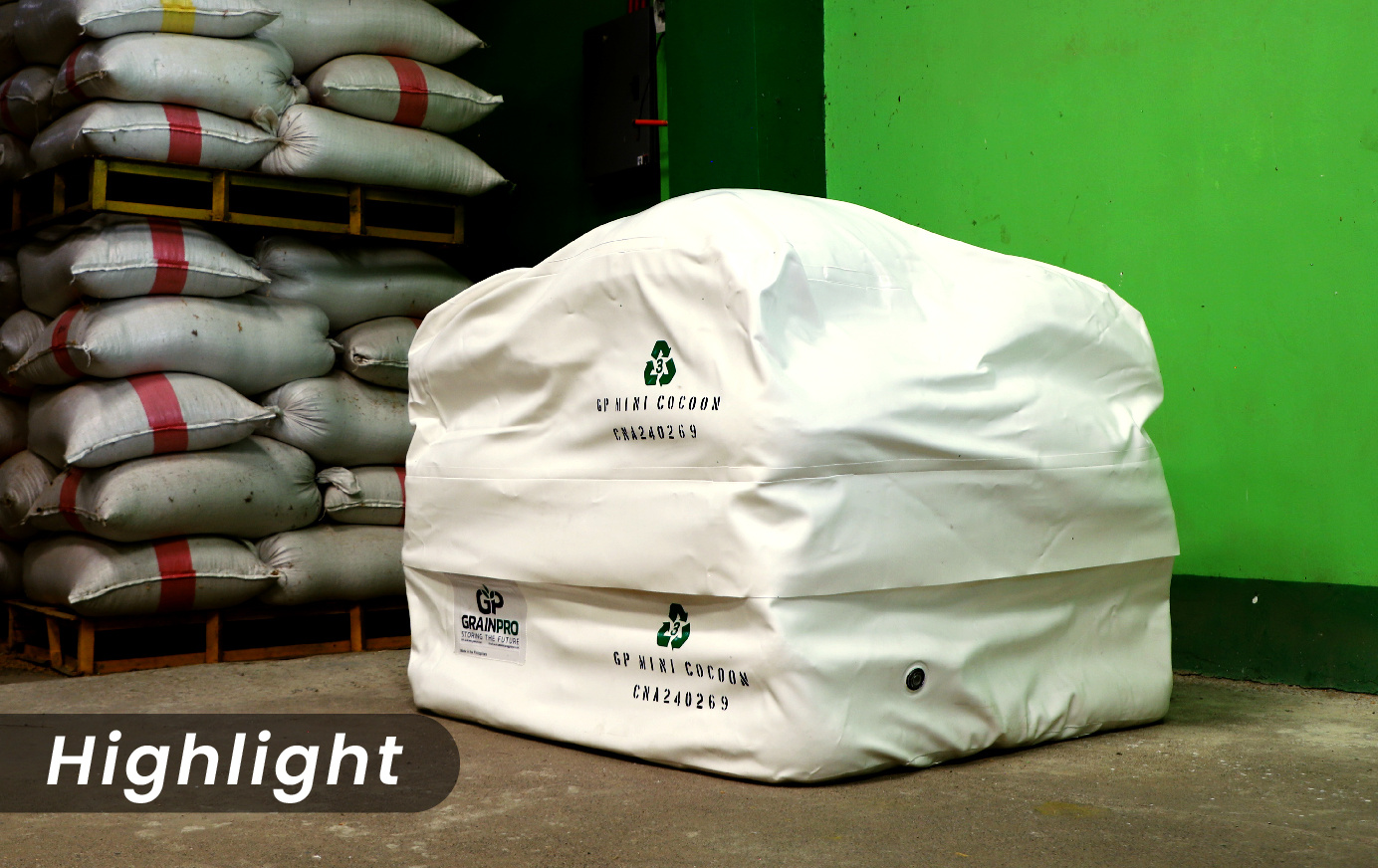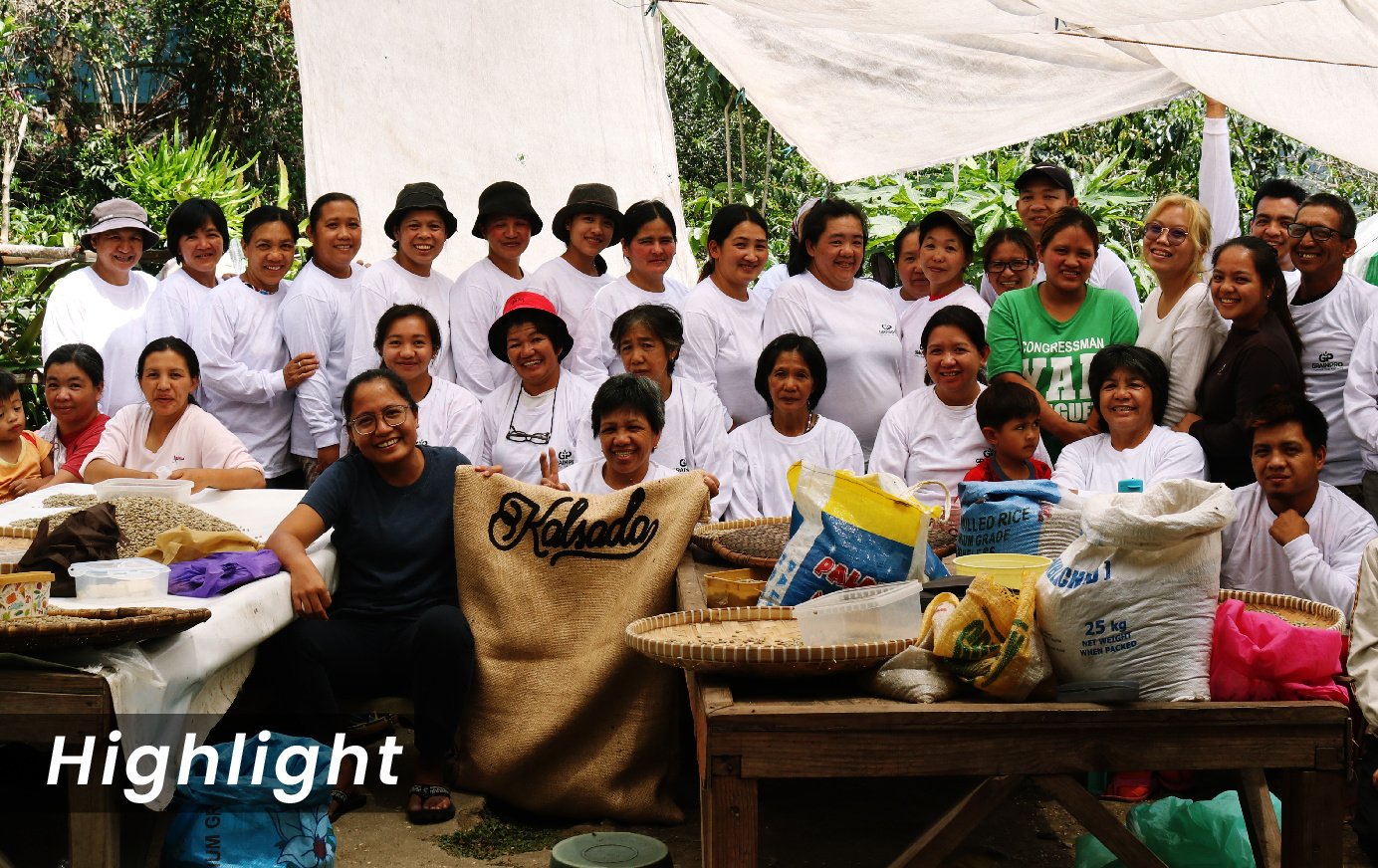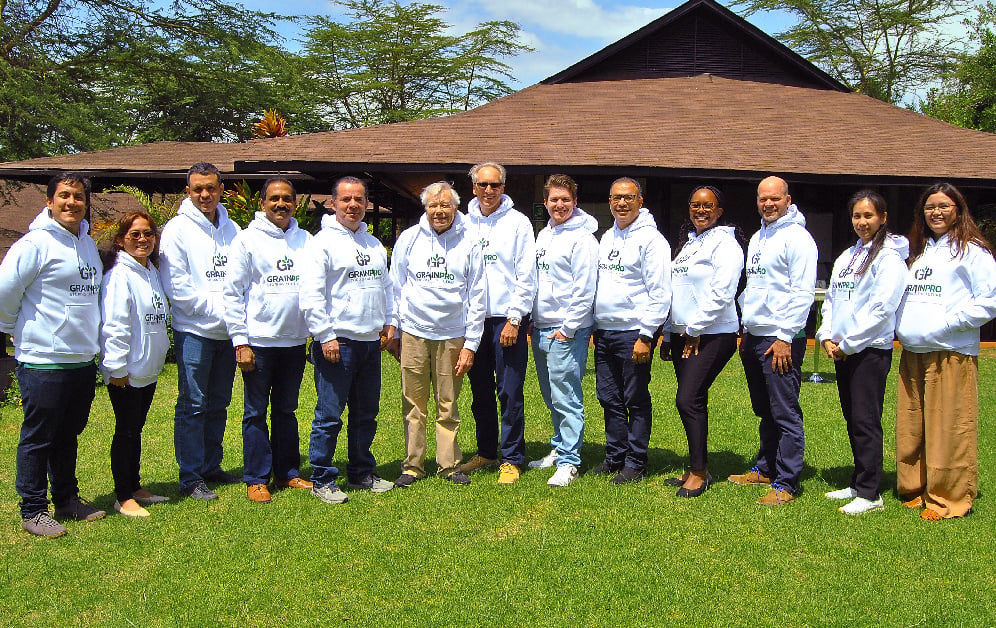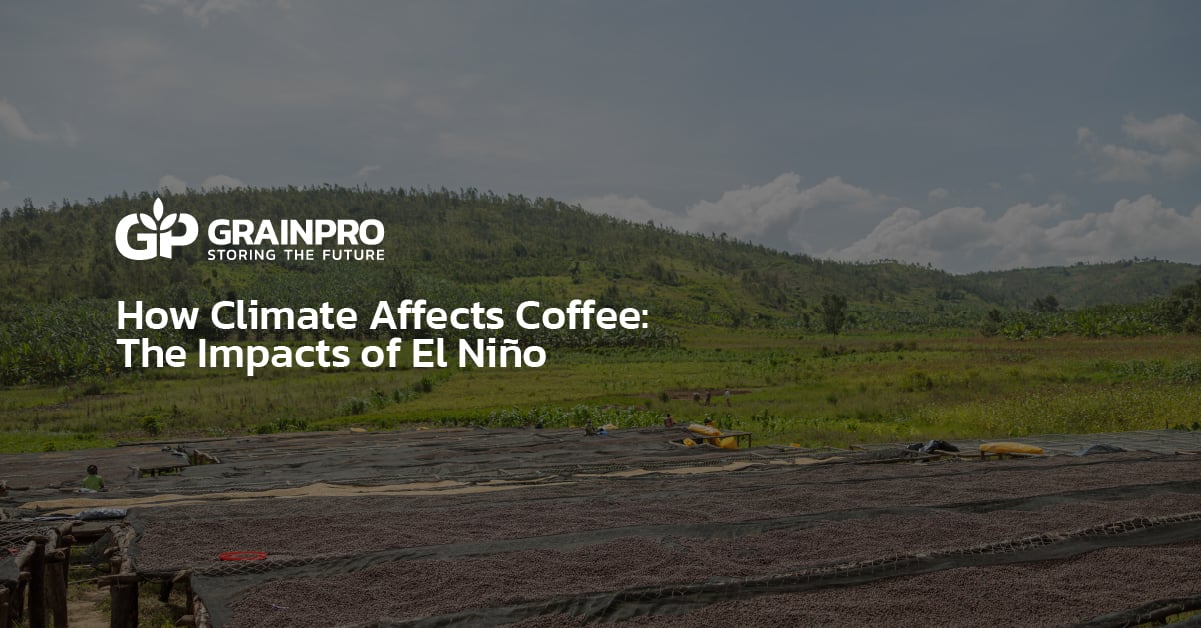A perfect beverage in any weather – coffee is a deliciously enjoyable drink, whether as a cup for warmth during cold rainy days or an energizing ice drink to soothe the blazing heat. Despite producing our beloved well-rounded creations for any season, coffee is highly vulnerable to climatic effects.
Before reaching our cups, coffee beans undergo a long journey and encounter various factors that may lead to losses if not addressed. Environmental factors are one of the major ones that heavily affect coffee, starting from the coffee plant.
Each type of coffee plant requires certain growth conditions, including altitude and temperature. As a factor directly affecting cultivation, climate can significantly affect coffee production, and this is observable with the most popular type: Arabica.
Making up 60-70% of the world’s coffee production, Arabica came from the similarly named Coffea arabica plant. This variant requires high altitudes and cool temperatures of 15-24°C to thrive. Arabica plants are sensitive and less productive with higher temperatures and extreme conditions, as with what happened in Brazil.
Last 2020, Brazil, the world’s largest coffee producer, experienced a devastating drought that caused a decline in the country’s yields. Many coffee-growing regions also experienced extreme temperatures of 43°C, causing severe stress and damage to the coffee trees and lowering the overall production. Unexpected late-season frosts also affected late 2021, leaving the sensitive coffee plants to a long recovery.
Robusta, the second most produced coffee type, is no less vulnerable to the effects of climatic conditions. Despite coming from the hardy Coffea canephora plant, this variant is more susceptible to droughts as it requires high soil moisture to sustain itself and thrive. As climatic patterns shift worldwide, these characteristics pose a question: How can El Niño impact coffee?
Coffee and El Niño
A naturally occurring phenomenon, El Niño is associated with the unusual warming of surface waters in the eastern Pacific. This climate pattern occurs irregularly at 2 to 7-year intervals, bringing severe droughts or rainfalls in different areas of the world. The outcomes of El Niño events are never the same. Dry conditions often affect parts of Oceania, Asia, Brazil, and Southeastern Africa, while wet conditions often affect the west coast of South America, along with South Brazil and eastern Africa.
The likelihood of a strong El Niño has increased throughout 2023, following a neutral state after an unusually long La Niña. As conditions have emerged with the strengthening of above-average sea surface temperatures, the following June report stated that these events prompted NOAA’s Climate Prediction Center and the Tokyo Climate Center to announce the arrival of El Niño. This pattern may gradually strengthen into the Northern Hemisphere winter of 2023-2024.
The Washington Post reports that coffee production may experience lower yields for both types of coffee as the conditions brought by El Niño can significantly affect many coffee-producing regions. Despite the hypersensitivity of Arabica, many experts say that this event could impact robusta coffee more as it affects its leading producers.
According to CNBC, the stronger-than-usual market demand and possible extreme conditions fuel concerns for robusta. In 2016, El Niño-related water shortages in Vietnam and Indonesia caused a decline of around 10% in global production. With prices soaring to a 15-year high at the end of May, a productivity decline could mean a severe contraction to robusta.
El Niño can also affect post-harvest processes with its significant impacts on weather conditions that can deteriorate coffee quality after harvest. With rains or changes in temperature, coffee cherries drying on patios are at risk of fermentation and mold growth. Coffee processing requires maintaining the proper moisture content. Likewise, proper handling is essential in processing as climate impacts coffee’s moisture content.
Climate-Smart Solutions: Hope for Coffee Post-Harvest
As El Niño and other climatic conditions affect the world, climate-smart practices and innovations have become even more essential than ever. Climate-smart adaptations benefit farmers by sustainably building and improving climatic resilience, gaining long-term benefits for their livelihoods and the environment.
This approach applies to coffee production and processing, including drying, storage, and transport. With coffee drying, adaptable solutions, like the Collapsible Dryer Case™, allow for safe patio drying. This lightweight dryer is easily foldable to protect drying commodities from sudden rains.
Hermetic technology is also a valuable and climate-smart post-harvest innovation. This time-tested technology utilizes airtight properties to create a modified atmosphere, providing stability regardless of external changes. Applicable for both storage and transport, Hermetic Bag Premium™ is an airtight and moisture-proof liner specifically designed to protect valuable commodities during long periods of storage and transport. A standard solution for coffee, it blocks out moisture, UV light, and temperature fluctuations. Additionally, the TranSafeliner™ provides more protection during long-distance transportation, preventing condensation that can deteriorate coffee quality.
Mitigating the effects of El Niño and other climatic conditions entails more preparation, sustainable practices, and climate-smart adaptations. While building post-harvest resilience is only one of the many steps, it is a valuable start to preserving coffee and our foodful tomorrow.
Learn more about GrainPro’s climate-smart solutions here.
Date Published: October 1, 2024





